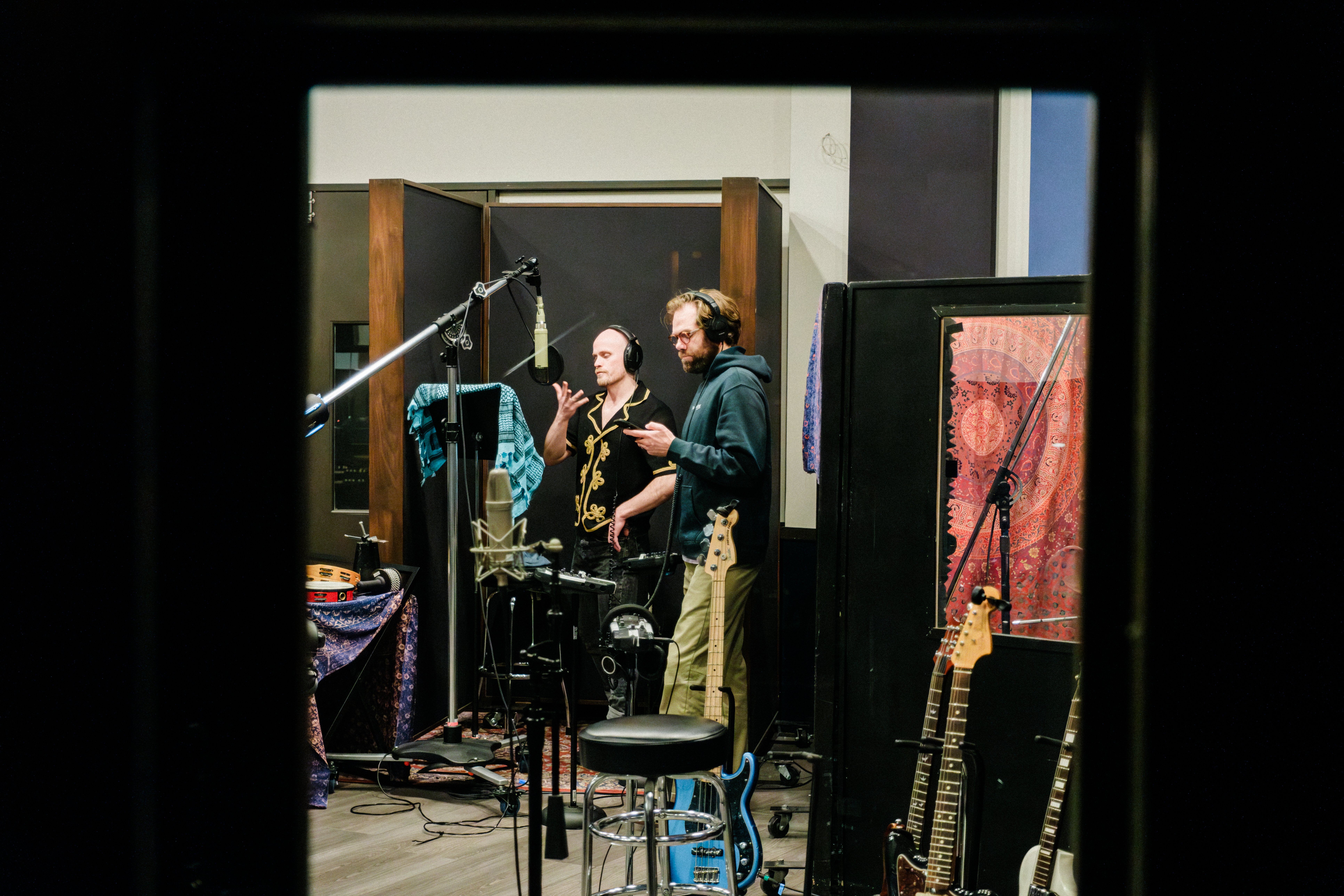In the age of digital music streaming, artists and audio engineers have been grappling with the challenge of delivering their music at the highest quality possible while adhering to the loudness standards set by various streaming platforms. With millions of users around the world streaming music daily, it’s crucial for musicians and producers to optimize their music for these platforms to ensure a consistent listening experience for their fans.
In this blog, we’ll delve into the concept of loudness, the rationale behind loudness normalization, and the standards adopted by popular streaming platforms. We’ll also provide some valuable tips for artists and audio engineers to ensure their music meets these standards without sacrificing their creative vision.
Understanding Loudness
Loudness is a subjective perception of the intensity of sound, usually measured in decibels (dB). It’s important to note that loudness differs from volume, which is the objective measure of sound pressure levels. The perception of loudness varies from person to person and can be influenced by factors such as frequency content and the listener’s environment.
The Loudness War
For years, the music industry has been engaged in a so-called “loudness war,” where tracks are aggressively compressed and limited to achieve the loudest possible sound. This is done to make the music stand out when played back-to-back with other tracks, especially on the radio. However, this practice has a downside: it can lead to a loss of dynamic range and sonic clarity, as quieter elements in the mix are pushed to the background or lost entirely.
The Emergence of Loudness Normalization
To address the issue of varying loudness levels, streaming platforms have adopted loudness normalization, a process that automatically adjusts the playback volume of tracks to ensure a consistent listening experience. This helps to prevent sudden jumps in volume when switching between tracks, providing a more enjoyable experience for the listener.
Loudness Standards for Music Streaming Platforms
Different streaming platforms have their own loudness standards, measured in LUFS (Loudness Units Full Scale). LUFS is an internationally recognized standard for measuring loudness, which takes into account the human perception of loudness. Here’s a rundown of the loudness standards adopted by some of the most popular streaming platforms:
- Spotify: -14 LUFS (integrated)
- Apple Music: -16 LUFS (integrated)
- YouTube: -14 LUFS (integrated)
- Tidal: -14 LUFS (integrated)
- Amazon Music: -14 LUFS (integrated)
- Deezer: -15 LUFS (integrated)
These standards are not fixed, and platforms may change their normalization levels in the future. It’s essential for artists and audio engineers to stay updated on the latest guidelines to ensure their music is optimized for each platform.
But here is the big secret! These LUFS goals suggested by the streaming services don’t need to be adhered to as much as people think.
In the Reverse Engineer Program, we teach our students the 2 loudness factors we should be worried about and why.
The 2 things that do matter:
The first thing that matters is finding a sweet spot between loudness and dynamics. Many Mastering Engineers will tell you they have commonly found this sweet spot at around -9 RMS (RMS is another loudness standard common in the industry). -9 RMS gives the music enough sonic energy to sound impactful but not squashed in terms of dynamics. These engineers aren’t worried about hitting an exact LUFS standard, they are simply looking at the relationship between loudness and dynamics.
These engineers also understand that at – 9 RMS, streaming services will be turning the final bounce down slightly. -9 RMS is equivalent to about -11 LUFS, so streaming services might turn it down to the Equivalent of 3-4 LUFS. And, the big secret is, it doesn’t matter. It’s not going to hurt your song to have them turn it down at this level. Many good Mastering Engineers even push their loudness levels way beyond -9 RMS and are ok that their music is turned down even more by the streaming services. Some people like a very compressed sound.
The second thing that matters is your true peak level. For many years mastering a song to an output ceiling of .01 DBFS was a fine standard. But as we have pushed the loudness levels higher in the digital age we have had to start worrying about what’s called, “Inter-sample Peaking”. These peaks are essentially rogue transients that break through the .0 DBFS ceiling and can cause problems with the algorithms used by streaming services. Best practice these days is to adjust the output ceiling on your limiter to -1.0 or even -2.0 DBFS. These ceiling thresholds will give any inter-sample peaks plenty of room to break through but not clip 0.0 DBFS.
Tips for Artists and Audio Engineers
Maintain Dynamic Range: To prevent loss of dynamic range, avoid over-compressing and limiting your music. Remember that loudness normalization will adjust the playback volume, so there’s no need to sacrifice your mix’s dynamics to compete with other tracks.
Use a Loudness Meter: To ensure your music meets the loudness standards of streaming platforms, use a loudness meter that measures RMS or LUFS and understand how to read it correctly. This will help you monitor the loudness levels of your mix and make adjustments accordingly.
Aim for the loudness sweet spot: While it’s essential to be aware of the loudness standards for each platform, aiming for a target loudness of around -9 RMS should provide a good balance for most music.
To learn more about mastering, visit our home page to see how we’re re-engineering higher education for music producers.














